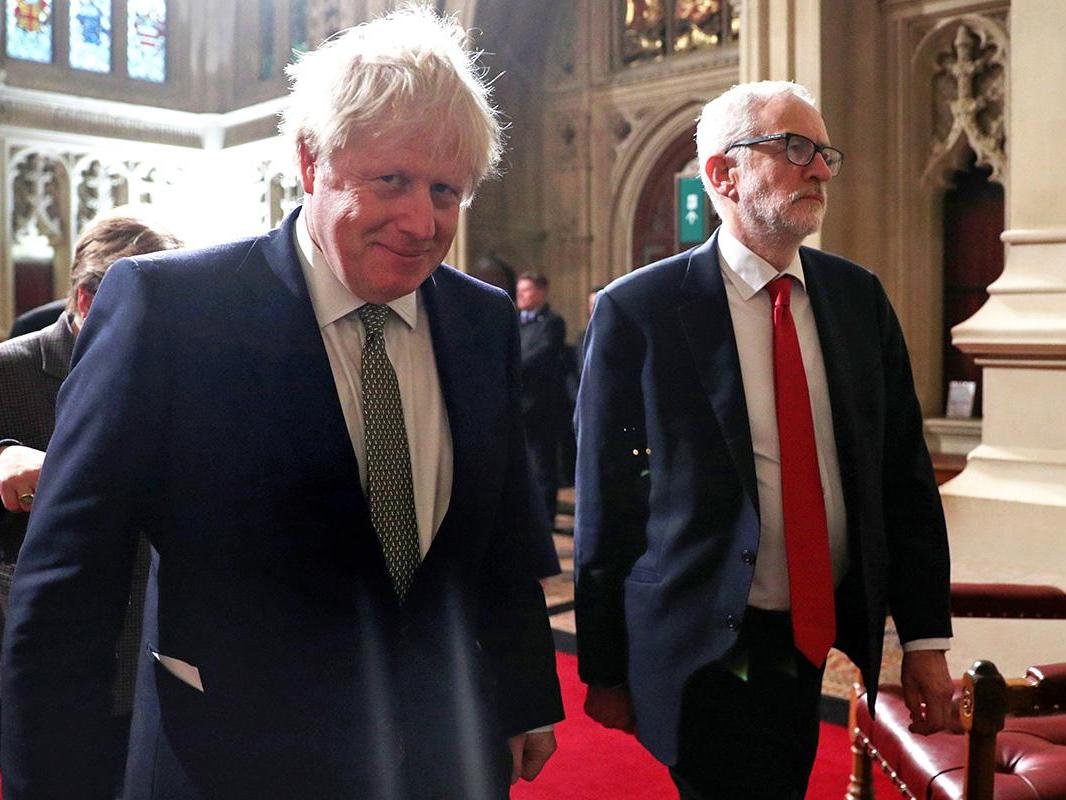There are four things Labour can do to beat the Conservatives – and moving further to the left isn’t one
Carrying on as usual under our voting system and grassroots membership may well ensure that the party stays too small to win, says Peter Kellner


Your support helps us to tell the story
From reproductive rights to climate change to Big Tech, The Independent is on the ground when the story is developing. Whether it's investigating the financials of Elon Musk's pro-Trump PAC or producing our latest documentary, 'The A Word', which shines a light on the American women fighting for reproductive rights, we know how important it is to parse out the facts from the messaging.
At such a critical moment in US history, we need reporters on the ground. Your donation allows us to keep sending journalists to speak to both sides of the story.
The Independent is trusted by Americans across the entire political spectrum. And unlike many other quality news outlets, we choose not to lock Americans out of our reporting and analysis with paywalls. We believe quality journalism should be available to everyone, paid for by those who can afford it.
Your support makes all the difference.Stop reading now if you think Labour can win the next election with much the same policies as it lost last week’s – or if you relish the prospect of 10 more years of Conservative rule. This column is not for you. It’s for those who would like to kick out the Tories at the next election and know that another far-left manifesto won’t do the trick.
Here are four ways to defeat the Conservatives next time; and my guess at the chances of each happening.
1 Labour elects a leader that moves the party back towards the centre
It’s not that the centre is, of itself, an electoral El Dorado. However, in the past half-century, Labour’s only clear-cut election victories have been won from near the centre. Will Labour’s membership choose a leader who takes the party back there? The two prominent anti-Corbynites who have said they might stand, Keir Starmer and Emily Thornberry, deny any such intention. Both are distancing themselves from Labour’s recent campaign while rejecting a decisive shift to centre-left social democracy.
Despite their attempts to broaden their appeal within the party, neither is likely to succeed. Labour’s membership still tilts well to the left. The chances that a majority will choose a significantly more centrist leader than Corbyn, even one that pretends not to be? I reckon 25 per cent.
2 A new centre party breaks through at the next election
The talented heart of a future centrist government stood for election last week: former Conservatives such as Dominic Grieve, Sarah Wollaston, Sam Gyimah and Anna Soubry; former Labour MPs such as Luciana Berger, Chuka Umunna, Chris Leslie and Mike Gapes. All lost, crushed by the two big parties.
That’s what happens under first-past-the-post. A new party needs more than 30 per cent to have any chance of busting open the present duopoly. It hasn’t happened for almost a century.
We live, admittedly, in strange times, Voters are more volatile than ever. Even so, it would take something remarkable for such a breakthrough to happen this time. The chances? 5 per cent.
3 The UK adopts a new system for electing MPs
The rise of new parties is far more common in countries with more proportional voting systems. Single parties rarely win an outright majority on their own. A new centre party with, say 10-15 per cent support might have enough MPs to join a coalition, and help to govern a country from near the centre.
Arguments for electoral reform used to rage more loudly than they do today. The reason? We had a referendum in 2011 on a modest change. It lost by two-to-one. Unless some unprecedented upheaval happens in the near future, the issue is dead for the time being. The chances of it happening before the next election: less than 1 per cent.
4 The Labour Party splits
After the 2016 Brexit referendum, Labour MPs voted overwhelmingly for a motion of no confidence in Corbyn. Nothing happened. This week, as the party’s new, diminished, contingent gathered at Westminster, many MPs again rounded on Corbyn. Suppose the party membership chooses another far-left leader. What will MPs who know this is ideologically ludicrous and electorally mad do this time?
In 1981, 28 Labour MPs broke away to form the SDP; it was not enough. Many more would be needed to have a critical mass and a real chance of replacing Labour as Britain’s main progressive force. Their target should be 102: that would be a majority of the 203 elected last week. The new party would become the official opposition in parliament, and the main challenger to the Conservatives at the next election. A smaller number, say 70 or 80, would have a tougher time, but could start a dynamic that in the end offered some chance of a centrist victory. The chances of a critical mass of defections: 20 per cent.
Adding up the chances of any of those four things happening gives a total of only 50 per cent. In other words, if that analysis is roughly right, the conclusion is clear. Our party and voting systems, combined with the character of Labour’s current grassroots membership, may well ensure that Labour stays too small to win, but too big to allow a potentially more popular progressive force to break through.
I hope I’m wrong.

Join our commenting forum
Join thought-provoking conversations, follow other Independent readers and see their replies
Comments